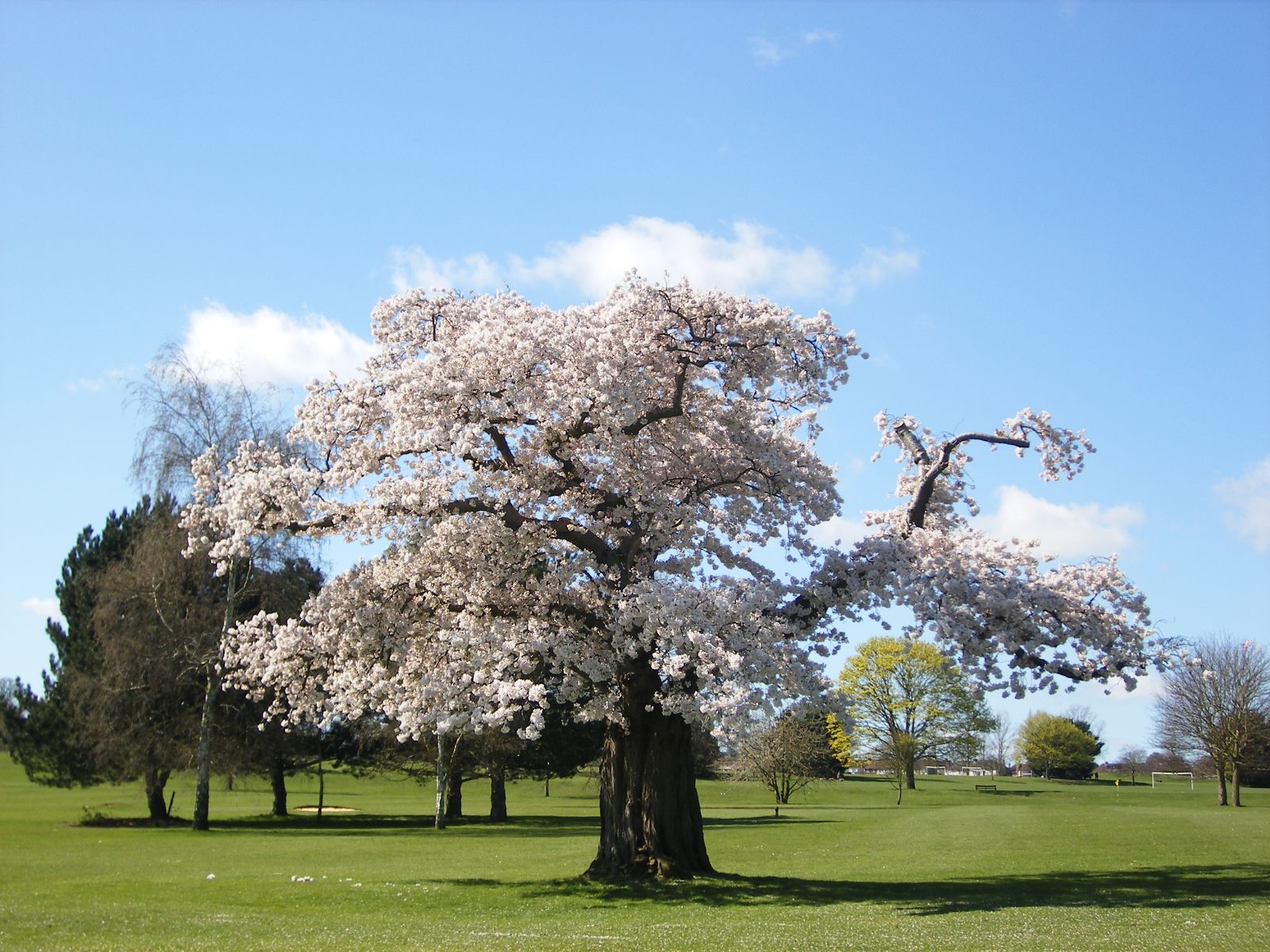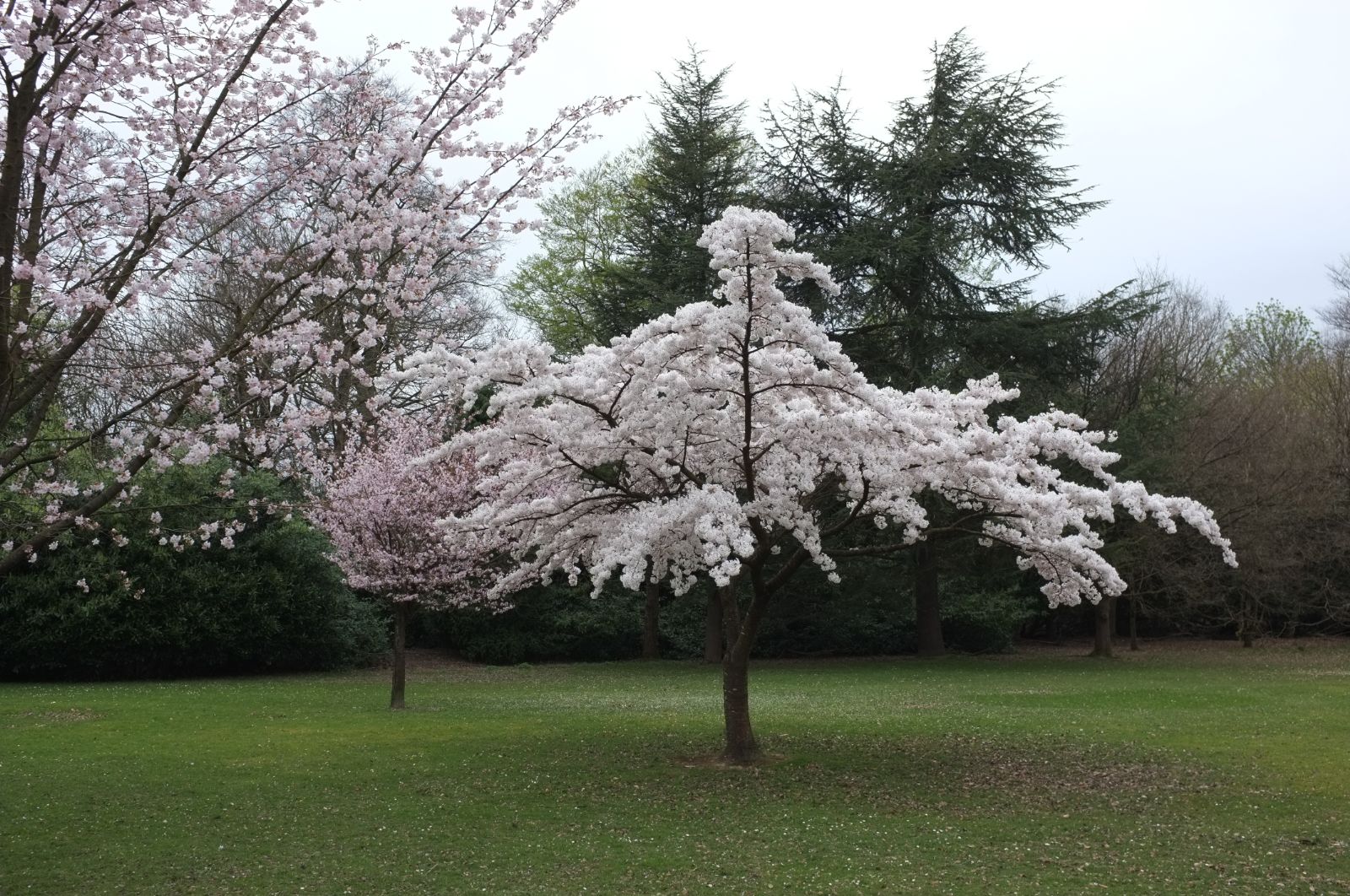Prunus × yedoensis
Credits
Article from Bean's Trees and Shrubs Hardy in the British Isles
Recommended citation
'Prunus × yedoensis' from the website Trees and Shrubs Online (treesandshrubsonline.
Infraspecifics
Other taxa in genus
- Prunus alleghaniensis
- Prunus americana
- Prunus × amygdalo-persica
- Prunus amygdalus
- Prunus angustifolia
- Prunus apetala
- Prunus arabica
- Prunus argentea
- Prunus armeniaca
- Prunus avium
- Prunus besseyi
- Prunus brigantina
- Prunus campanulata
- Prunus canescens
- Prunus cantabrigiensis
- Prunus cerasifera
- Prunus cerasus
- Prunus cocomilia
- Prunus concinna
- Prunus conradinae
- Prunus consociiflora
- Prunus cornuta
- Prunus cuthbertii
- Prunus dasycarpa
- Prunus davidiana
- Prunus × dawyckensis
- Prunus dielsiana
- Prunus domestica
- Prunus dulcis
- Prunus emarginata
- Prunus × fontanesiana
- Prunus fruticosa
- Prunus glandulosa
- Prunus grayana
- Prunus himalaica
- Prunus hortulana
- Prunus humilis
- Prunus ilicifolia
- Prunus incana
- Prunus incisa
- Prunus jacquemontii
- Prunus kansuensis
- Prunus lannesiana
- Prunus laurocerasus
- Prunus litigiosa
- Prunus lusitanica
- Prunus maackii
- Prunus mahaleb
- Prunus maritima
- Prunus maximowiczii
- Prunus microcarpa
- Prunus mira
- Prunus mugus
- Prunus mume
- Prunus nigra
- Prunus nipponica
- Prunus orthosepala
- Prunus padus
- Prunus pensylvanica
- Prunus persica
- Prunus pilosiuscula
- Prunus prostrata
- Prunus pumila
- Prunus rufa
- Prunus salicina
- Prunus sargentii
- Prunus serotina
- Prunus serrula
- Prunus serrulata
- Prunus sibirica
- Prunus × sieboldii
- Prunus simonii
- Prunus sogdiana
- Prunus speciosa
- Prunus spinosa
- Prunus ssiori
- Prunus subcordata
- Prunus subhirtella
- Prunus takesimensis
- Prunus tangutica
- Prunus tenella
- Prunus tomentosa
- Prunus triloba
- Prunus virginiana
A deciduous tree up to 40 or 50 ft high, of rounded, spreading habit, shortly trunked, usually wider than high; young shoots thinly clothed with soft hairs. Leaves oval, broadly ovate or obovate, rounded or broadly wedge-shaped at the base, rather abruptly narrowed to a slender point, doubly toothed, 21⁄2 to 41⁄2 in. long, 11⁄2 to 21⁄2 in. wide, dark green and glabrous above, downy on the midrib and veins beneath. Flowers borne in late March or early April, slightly fragrant, white or pink, produced in racemes of four or more, usually before (but sometimes with) the leaves; flower-stalks and calyx dull red, usually densely downy, but less so on young trees; calyx-tube cylindrical, lobes sharply toothed. Style either very downy or nearly glabrous. Fruits shining black, globose, 2⁄5 in. wide, bitter. Bot. Mag., t. 9062.
According to Wilson, the origin of this cherry is doubtful. It is planted abundantly in Tokyo and Yokohama, where it is known as the ‘Yoshino Cherry’, but has not yet been found wild. It may be a hybrid between P. speciosa and P. subhirtella. Wilson describes it as ‘remarkably distinct from all other Japanese or Chinese cherries and one of the most floriferous and beautiful of them’. It is perfectly hardy and grows vigorously, attaining a spread of about 40 ft. A.G.M. 1930.
About 1910 it was obtained from Germany and was grown as “P. paracerasus” at Kew, but was rare until the late 1920s, when large numbers were imported or raised in this country. It varies in the amount of pubescence on the undersurface of the leaf; sometimes the midrib and veins are densely covered with tawny down. In regard to habit, too, some trees are more erect and less spreading than others. If the tree is truly of hybrid origin, the fact that some of the stock now in nurseries has been raised from seed might account for this diversity.
From the Supplement (Vol. V)
The parentage suggested by Wilson has been confirmed by experimental crossing, and the hybrid also occurs wild where the two parental species are in contact, as on the Izu peninsula. Its seeds give very diverse offspring.
f. perpendens Wils.
Common Names
Shidare Yoshino
Weeping Yoshino Cherry
Branches pendulous.



